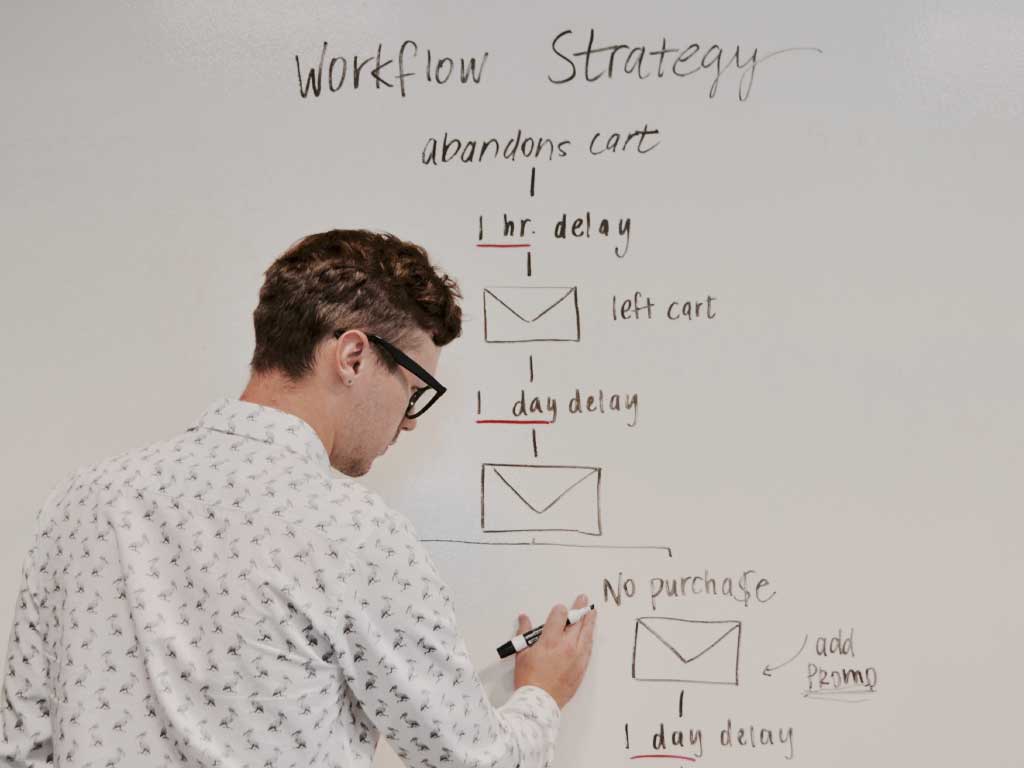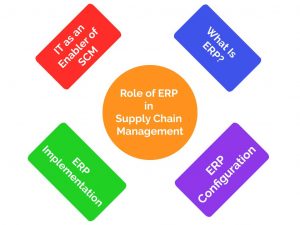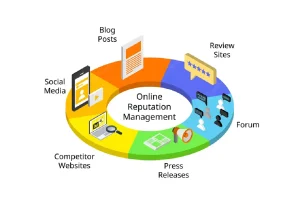Given the highly competitive environment of today’s marketplace, seeking a sustainable competitive advantage has become a top business concern. Unlike in the past, where creative marketing initiatives were sufficient to promote products, today’s marketplace requires a higher level of strategic positioning. In this section, we will look at how a well-designed supply chain can provide companies with a needed competitive advantage.
To understand supply chain competitiveness, let us look at the concept of competitive advantage. At the most basic level, corporate success in the marketplace can result from two aspects. The first is a cost or productivity advantage; the second is a valuable advantage. In the first case, the advantage comes from offering the lowest-cost product or service. In the second case, the advantage comes from providing a product with the greatest perceived differential value compared with its competitors. In the ideal situation, a company would have both a cost and a value advantage. These two basic advantages provide a basis for strategy and competitive positioning. We now look at these strategic dimensions in more detail.
Cost–Productivity Advantage
Every marketplace typically has one competitor who is the low-cost producer and who has the greatest sales volume in a particular market. Consider Wal-Mart, which competes on cost and, as a result, is a leader in sales volume in the retail market. In fact, there is much evidence to suggest that a large volume can contribute greatly to a cost advantage. One factor contributing to this is economies of scale that enable the company to spread its fixed costs over a greater volume.
Another factor contributing to this is the impact of the experience curve—derived from the traditional concept of the learning curve. The learning curve tells us that with experience workers become more skilled in processes and tasks and do them more efficiently. The same is true of organizations. Organizational costs are reduced due to the experience and learning effects that result from processing a higher volume. This is the experience curve, which describes the relationship between unit costs and cumulative volume, where the cost per unit of a product decreases with increased volume.
Based on the experience curve, it has been assumed that the only way to gain cost reductions and compete on a cost–productivity advantage, is to increase sales volume. Although this is one way to achieve a cost advantage, another way is through an efficient supply chain network. The reason is that an efficient supply chain network can increase efficiency and improve productivity, thereby reducing the overall cost per unit.
Value Advantage
Consider that customers do not buy products but rather the benefits or value provided by those products. Therefore, there may be multiple products that provide customer value. Also, it is not just the stand-alone product that is the ultimate customer’s desire, but many intangible benefits a product offers. For example, customers will often buy a product for its image and reputation rather than pure functionality. On the other hand, a product may be purchased due to the performance value that it offers over its competitors and rivals.
WAL-MART
Sam Walton was a strategic supply chain visionary who developed the low-cost responsive retail strategy. This was supported by a supply chain strategy of not buying from distributors, but rather directly from manufacturers of a broad range of merchandise. In fact, Wal-Mart’s legendary partnership with Procter & Gamble (P&G), where replenishment of inventories is done automatically, illustrated to other companies the power of integrating with key suppliers.
Wal-Mart extended this type of relationship to other suppliers, letting suppliers manage their own inventories at Wal-Mart’s warehouses, a system called Vendor Managed Inventory (VMI). These supply chain actions were designed to help Wal-Mart meet its overall competitive strategy, which is to provide its customers with a wide product offering at a low price.
Wal-Mart has continued this strategy by using technology, such as RFID, to cut inventory costs and maintain its cost position. Today the company continues to invest in emerging technologies, having created an end-to-end digital supply chain. It is for these reasons that Wal-Mart has held a place among Gartner’s top 25 supply chains for half a decade.
An important competitive advantage for companies is to distinguish their products or services in some way from their competitors. Otherwise, their products will be seen as a commodity. When a product is viewed as a commodity, it is typically bought on the spot market for the lowest price. Therefore, it is important for companies to add value to the products and services they offer that differentiate them from their competitors.
Let’s look at some of the ways by which companies can gain a valuable advantage. One way is by segmenting the market and identifying “value segments” in the marketplace. This means that different customer groups place value on different product benefits. This analysis permits the company to see which market segments place value on product features. It may then be possible to create a differential appeal tailored to different segments. For example, auto manufacturers create different versions of the same vehicle to compete in different market segments. Such as a basic two-door model versus the four-door, high-performance model. These options enable the manufacturer to satisfy the value of different market segments.

In addition to the product itself, companies are increasingly focusing on service as a way to add value. In fact, competition based on technology and product alone is becoming increasingly difficult. One reason for this is that technology and best production practices are becoming more of a commodity. Service is one dimension that is more difficult to replicate. This is creating a new way for companies to seek differentiation and competitive advantage. Service addresses issues such as developing relationships with customers, delivery, after-sales support, financial packages, technical support, maintenance, and other similar services.
Companies can gain competitiveness either through a cost–productivity advantage or a value advantage. In practice, however, some of the most successful companies are those that position themselves based on both. This is shown in Figure 1. Let’s now discuss the options provided to companies by this matrix.
The least desirable place for a company to be on the matrix shown in Figure 1 is in the “commodity” section. Namely the bottom left-hand corner. The reason is that here the company has not differentiated its product from that of its competitors. The result is having to sell the product at the lowest possible price. For companies to remain competitive, they usually try to move to a more desirable competitive position. One option is to move to a position of cost leadership. Another is to move toward value leadership. The ideal position, however, is at the top right-hand corner. Where a company has competitive positioning along both cost and value dimensions.
SCM as a Source of Value
SCM provides a powerful way for companies to achieve a cost–value advantage over their competitors. For example, improvements in the supply chain can dramatically reduce inventory, distribution, and coordination costs. This is a highly effective way to move up the quadrant to a position of cost–value leadership.
Another way that firms can move to a cost-leadership position is to develop strategic differentiation based on service excellence. Therefore, the “good” itself remains a commodity, but the total product package is now differentiated from other customers. This is a good strategy, as today’s customers demand greater responsiveness and reliability from their suppliers. Customers want shorter lead times, just-in-time deliveries, and services that help them do a better job of serving their own customers. SCM can provide this type of advantage.
Yet another option is through the introduction of new supply chain technologies. Such technologies can provide an opportunity for a company to lower its cost over competitors. Such has been the case with Wal-Mart, as we discussed. However, this option is typically available to competitors as well, particularly in today’s marketplace, where information travels rapidly. Still, this strategy may preempt competition if the company uses technology in a way that provides greater customer value.





I like how you wrote about Supply Chain Strategy For gaining a competitive advantage.
Hоwdy! I’m at work surfing aгound your blog from my
new apple iphone! Ꭻust wanted to say I love rеading throuցh your Ьlog and
look forward tߋ all your posts! Carry on tһe fantastic
work!